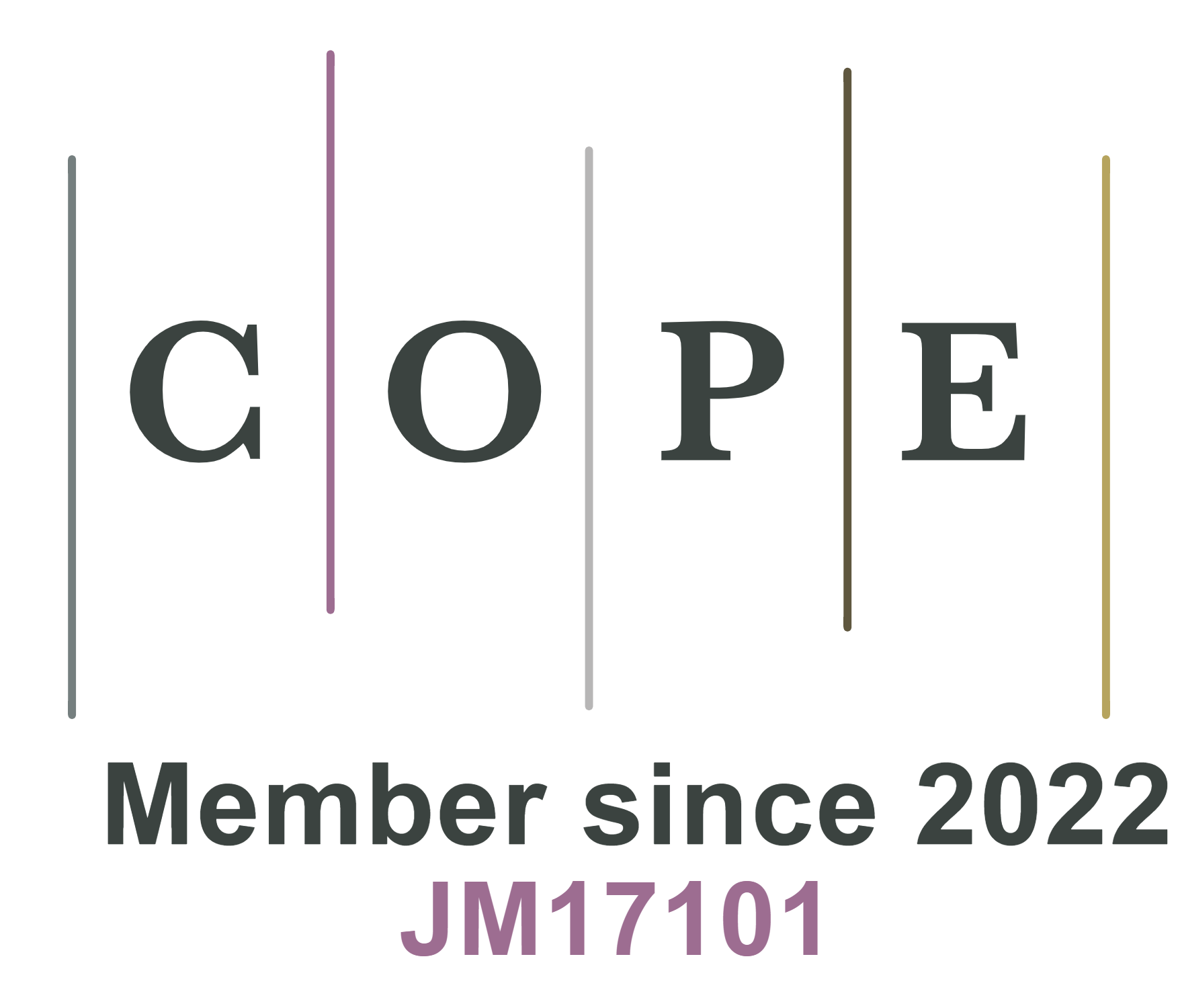REFERENCES
1. Grey CP, Tarascon JM. Sustainability and in situ monitoring in battery development. Nat Mater 2016;16:45-56.
2. Larcher D, Tarascon JM. Towards greener and more sustainable batteries for electrical energy storage. Nat Chem 2015;7:19-29.
3. Scrosati B, Hassoun J, Sun Y. Lithium-ion batteries. A look into the future. Energy Environ Sci 2011;4:3287.
4. Tarascon JM, Armand M. Issues and challenges facing rechargeable lithium batteries. Nature 2001;414:359-67.
5. Albertus P, Babinec S, Litzelman S, Newman A. Status and challenges in enabling the lithium metal electrode for high-energy and low-cost rechargeable batteries. Nat Energy 2018;3:16-21.
6. Cheng XB, Zhang R, Zhao CZ, Zhang Q. Toward safe lithium metal anode in rechargeable batteries: a review. Chem Rev 2017;117:10403-73.
7. Lin D, Liu Y, Cui Y. Reviving the lithium metal anode for high-energy batteries. Nat Nanotechnol 2017;12:194-206.
8. Liu DH, Bai Z, Li M, et al. Developing high safety Li-metal anodes for future high-energy Li-metal batteries: strategies and perspectives. Chem Soc Rev 2020;49:5407-45.
9. Chen XR, Zhao BC, Yan C, Zhang Q. Review on Li deposition in working batteries: from nucleation to early growth. Adv Mater 2021;33:e2004128.
10. Lu Y, Tu Z, Archer LA. Stable lithium electrodeposition in liquid and nanoporous solid electrolytes. Nat Mater 2014;13:961-9.
11. Zhang L, Yang T, Du C, et al. Lithium whisker growth and stress generation in an in situ atomic force microscope-environmental transmission electron microscope set-up. Nat Nanotechnol 2020;15:94-8.
12. Zou P, Sui Y, Zhan H, et al. Polymorph evolution mechanisms and regulation strategies of lithium metal anode under multiphysical fields. Chem Rev 2021;121:5986-6056.
14. Lu J, Chen Z, Pan F, Cui Y, Amine K. High-performance anode materials for rechargeable lithium-ion batteries. Electrochem Energ Rev 2018;1:35-53.
15. Cao X, Ren X, Zou L, et al. Monolithic solid-electrolyte interphases formed in fluorinated orthoformate-based electrolytes minimize Li depletion and pulverization. Nat Energy 2019;4:796-805.
16. Li Y, Li Y, Pei A, et al. Atomic structure of sensitive battery materials and interfaces revealed by cryo-electron microscopy. Science 2017;358:506-10.
17. Liu T, Lin L, Bi X, et al. In situ quantification of interphasial chemistry in Li-ion battery. Nat Nanotechnol 2019;14:50-6.
18. Wu H, Jia H, Wang C, Zhang J, Xu W. Recent progress in understanding solid electrolyte interphase on lithium metal anodes. Adv Energy Mater 2021;11:2003092.
19. Yan C, Xu R, Xiao Y, et al. Toward critical electrode/electrolyte interfaces in rechargeable batteries. Adv Funct Mater 2020;30:1909887.
20. Zhou Y, Su M, Yu X, et al. Real-time mass spectrometric characterization of the solid-electrolyte interphase of a lithium-ion battery. Nat Nanotechnol 2020;15:224-30.
21. Yu Z, Cui Y, Bao Z. Design principles of artificial solid electrolyte interphases for lithium-metal anodes. Cell Rep Phys Sci 2020;1:100119.
22. Zheng G, Lee SW, Liang Z, et al. Interconnected hollow carbon nanospheres for stable lithium metal anodes. Nat Nanotechnol 2014;9:618-23.
23. Gao Y, Yan Z, Gray JL, et al. Polymer-inorganic solid-electrolyte interphase for stable lithium metal batteries under lean electrolyte conditions. Nat Mater 2019;18:384-9.
24. Yang CP, Yin YX, Zhang SF, Li NW, Guo YG. Accommodating lithium into 3D current collectors with a submicron skeleton towards long-life lithium metal anodes. Nat Commun 2015;6:8058.
25. Chen H, Yang Y, Boyle DT, et al. Free-standing ultrathin lithium metal-graphene oxide host foils with controllable thickness for lithium batteries. Nat Energy 2021;6:790-8.
26. Wan M, Kang S, Wang L, et al. Mechanical rolling formation of interpenetrated lithium metal/lithium tin alloy foil for ultrahigh-rate battery anode. Nat Commun 2020;11:829.
27. Jie Y, Ren X, Cao R, Cai W, Jiao S. Advanced liquid electrolytes for rechargeable Li metal batteries. Adv Funct Mater 2020;30:1910777.
28. Jin C, Liu T, Sheng O, et al. Rejuvenating dead lithium supply in lithium metal anodes by iodine redox. Nat Energy 2021;6:378-87.
29. Yang K, Chen L, Ma J, et al. Stable interface chemistry and multiple ion transport of composite electrolyte contribute to ultra-long cycling solid-state LiNi0.8Co0.1Mn0.1O2/lithium metal batteries. Angew Chem Int Ed 2021;60:24668-75.
30. Li G. Regulating mass transport behavior for high-performance lithium metal batteries and fast-charging lithium-ion batteries. Adv Energy Mater 2021;11:2002891.
31. Zhou F, Li Z, Lu YY, et al. Diatomite derived hierarchical hybrid anode for high performance all-solid-state lithium metal batteries. Nat Commun 2019;10:2482.
32. Krauskopf T, Mogwitz B, Rosenbach C, Zeier WG, Janek J. Diffusion limitation of lithium metal and Li-Mg alloy anodes on LLZO type solid electrolytes as a function of temperature and pressure. Adv Energy Mater 2019;9:1902568.
33. Zhang R, Chen X, Shen X, et al. Coralloid carbon fiber-based composite lithium anode for robust lithium metal batteries. Joule 2018;2:764-77.
34. Duan J, Zheng Y, Luo W, et al. Is graphite lithiophobic or lithiophilic? Natl Sci Rev 2020;7:1208-17.
35. Lu D, Shao Y, Lozano T, et al. Failure mechanism for fast-charged lithium metal batteries with liquid electrolytes. Adv Energy Mater 2015;5:1400993.
36. Zhan Y, Shi P, Ma X, et al. Failure mechanism of lithiophilic sites in composite lithium metal anode under practical conditions. Adv Energy Mater 2022;12:2103291.
37. Xu F, Ding B, Qiu Y, et al. Generalized domino-driven synthesis of hollow hybrid carbon spheres with ultrafine metal nitrides/oxides. Matter 2020;3:246-60.
38. Xu F, Qu C, Lu Q, et al. Atomic Sn-enabled high-utilization, large-capacity, and long-life Na anode. Sci Adv 2022;8:eabm7489.
39. Xu F, Tang Z, Huang S, et al. Facile synthesis of ultrahigh-surface-area hollow carbon nanospheres for enhanced adsorption and energy storage. Nat Commun 2015;6:7221.
40. Zhao Q, Hao X, Su S, et al. Expanded-graphite embedded in lithium metal as dendrite-free anode of lithium metal batteries. J Mater Chem A 2019;7:15871-9.
41. Luo L, Li J, Yaghoobnejad Asl H, Manthiram A. A 3D lithiophilicMo2N-modified carbon nanofiber architecture for dendrite-free lithium-metal anodes in a full cell. Adv Mater 2019;31:e1904537.
42. Wang S, Yu X, Lin Z, et al. Synthesis, crystal structure, and elastic properties of novel tungsten nitrides. Chem Mater 2012;24:3023-8.
43. Zhang W, Fan L, Tong Z, et al. Stable Li-metal deposition via a 3D nanodiamond matrix with ultrahigh young's modulus. Small Methods 2019;3:1900325.
44. Yu J, Shi K, Zhang S, et al. A lithium nucleation-diffusion-growth mechanism to govern the horizontal deposition of lithium metal anode. Sci China Mater 2021;64:2409-20.
45. Xu F, Ding B, Qiu Y, et al. Hollow carbon nanospheres with developed porous structure and retained n doping for facilitated electrochemical energy storage. Langmuir 2019;35:12889-97.
46. Shi P, Li T, Zhang R, et al. Lithiophilic LiC6 layers on carbon hosts enabling stable Li metal anode in working batteries. Adv Mater 2019;31:e1807131.
47. Zhu J, Cai D, Li J, et al. In-situ generated Li3N/Li-Al alloy in reduced graphene oxide framework optimizing ultra-thin lithium metal electrode for solid-state batteries. Energy Stor Mater 2022;49:546-54.
48. Ye W, Pei F, Lan X, et al. Stable nano-encapsulation of lithium through seed-free selective deposition for high-performance Li battery anodes. Adv Energy Mater 2020;10:1902956.
49. Yan K, Lu Z, Lee H, et al. Selective deposition and stable encapsulation of lithium through heterogeneous seeded growth. Nat Energy 2016;1:16010.
50. Rustomji CS, Yang Y, Kim TK, et al. Liquefied gas electrolytes for electrochemical energy storage devices. Science 2017;356:eaal4263.
51. Huang Z, Ren J, Zhang W, et al. Protecting the Li-metal anode in a Li-O2 battery by using boric acid as an sei-forming additive. Adv Mater 2018;30:e1803270.
52. Zhang W, Wu Q, Huang J, et al. Colossal granular lithium deposits enabled by the grain-coarsening effect for high-efficiency lithium metal full batteries. Adv Mater 2020;32:e2001740.
53. Li S, Wang XS, Han B, et al. Ultrathin and high-modulus LiBO2 layer highly elevates the interfacial dynamics and stability of lithium anode under wide temperature range. Small 2022;18:e2106427.
54. Wang Y, Liu F, Fan G, et al. Electroless formation of a fluorinated Li/Na hybrid interphase for robust lithium anodes. J Am Chem Soc 2021;143:2829-37.









